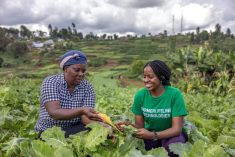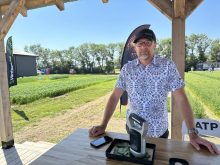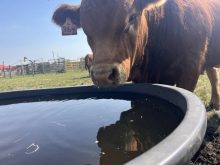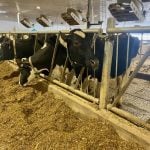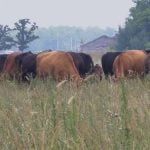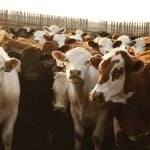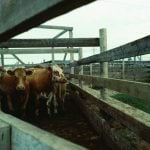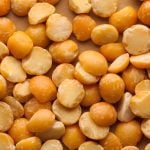A Belgian researcher says precision technology can help farmers fine-tune animal feed consumption, which would increase profits, improve animal welfare and lower environmental effects.
“We need less feed intake, less manure, less emissions, because that is where the complaints are,” said Daniel Berckmans. “That means we must be more efficient in the core equation.”
That “core equation” is his way of adding up animal feed needs: base metabolism plus activity, plus thermal or environmental regulation, plus mental state, plus the production of meat, milk or eggs.
Read Also
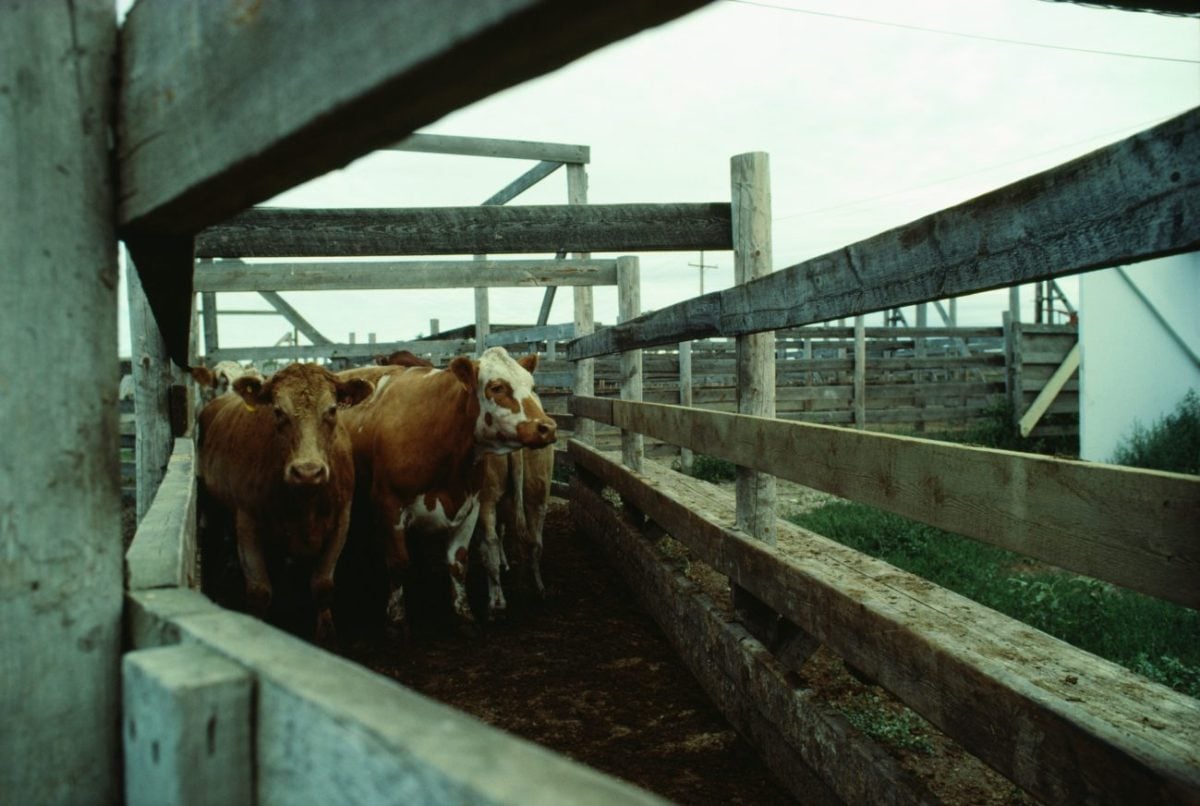
U.S. cattle ranchers criticize government for delayed reporting of human screwworm case
The patient with the first human infestation of travel-associated New World screwworm in the United States has recovered from the flesh-eating parasite, and there was no sign of transmission to other people or animals, the Maryland Department of Health said on Monday. Ranchers criticized a lack of transparency about the case.
Berckmans is a biosystems researcher out of KU Leuven university in Belgium and the University of Tennessee. He was among the speakers at a July 10 forum on precision livestock farming at the University of Manitoba.
Energy used by the base metabolism — basic functions of life like keeping organs running — can be calculated through heart rate. Berckmans said there are at least six companies working on a commercially feasible way to measure that, and technology for horses is likely to debut this year.
Animal activity can be tracked through things like aggression monitoring. Berckmans cited his previous work on a seven-year project, which found that aggression in pigs could be detected by measuring the distance between the camera and the pig’s back, “because they jump up,” he said.
Research has also been done on the energy horses expend when frustrated versus when calm. Berckmans pointed to data outlining energy expended while a horse was running in a ring alongside energy expended by brain activity at the same time. The horse was shown a bucket of food. When the horse realized it wasn’t going to get the food, it became frustrated and began to expend more mental energy.
Infection and disease can also cut production and profit. Sensors can help localize infection in a barn, compartment or room, potentially reducing disease spread and antibiotic use. Berckmans noted technology that monitors and analyzes the sound of coughs in a facility.
“Precision livestock farming gives us the data,” he said.
It can then be used to measure how far an operation is from desired outputs and to design prediction-based controllers.
“That’s what we do for decades in airplanes, in making mechanical systems, electronic systems,” Berckmans said.
While there’s been lots of research into agricultural use of precision technology, very little has been implemented, he said.





